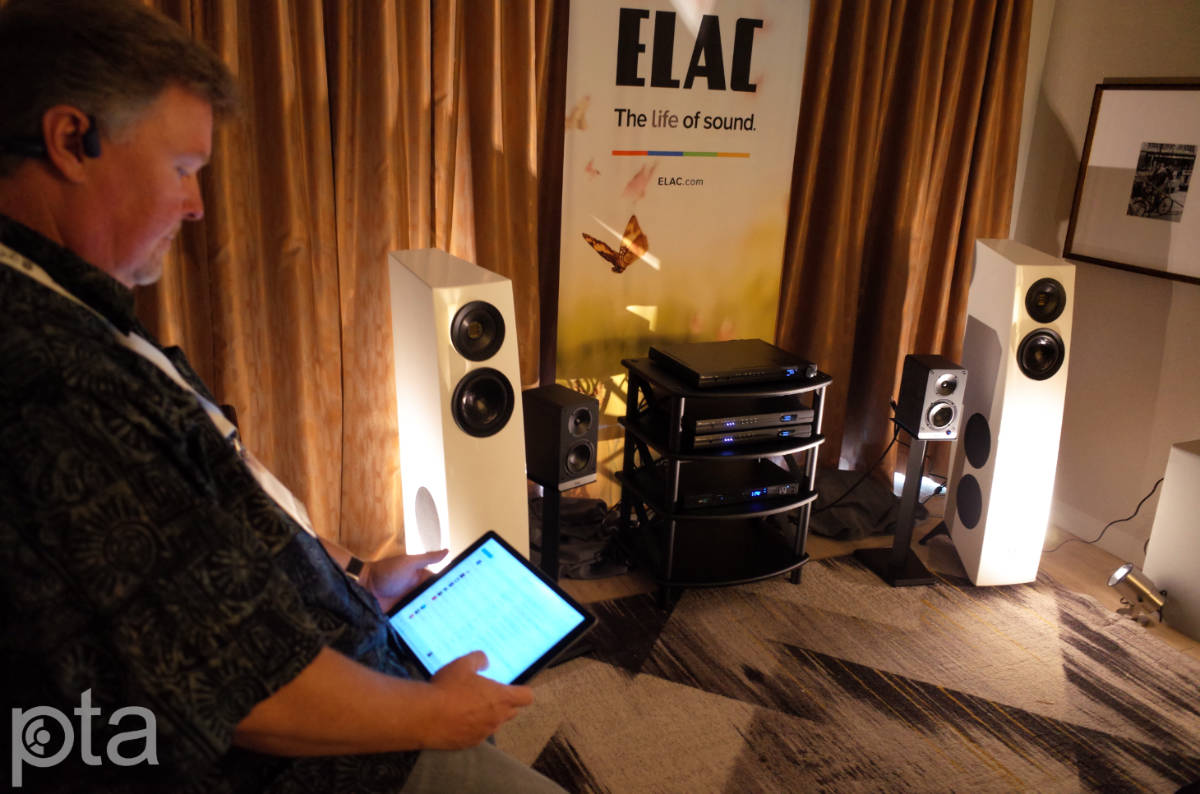

Setting Package.appxmanifest audio capture capabilities. Next, check the Microphone and Music Library check boxes, as seen in Figure 1.
AUDIOCAPTURE TIMER UPDATE
To update the app's capabilities, open up the Package.appxmanifest file and select the Capabilities tab. In addition, we'll need read and write access to the user's music library. Then update the app's capabilities to allow recording from a microphone.
AUDIOCAPTURE TIMER WINDOWS
To get started, create a new C# Blank Windows Store App Project.
AUDIOCAPTURE TIMER HOW TO
Today I'll cover how to use the Windows Runtime MediaCapture API to record audio in multiple formats and encoding qualities. Recording Media in a Windows Store App, Part 3: Video Capture.Recording Media in a Windows Store App, Part 2: Photo Capture.Under the condition that the "param" is filled in normally, when the data inside the SDK is insufficient for "dataLength", the insufficient remaining length will be filled in according to the mute data.More On Windows Store App Media from Visual Studio Magazine: When calling fetchCustomAudioRenderPCMData, if the internal data of the SDK is insufficient for "dataLength", how will the SDK handle it? If the developer does not have a specific physical device to drive in the actual scenario, it is recommended to call the above interface every 10 ms ~ 20 ms. The best way is to drive according to the clock of the physical audio device, call sendCustomAudioCaptureAACData and sendCustomAudioCapturePCMData when the physical capture device collects data call fetchCustomAudioRenderPCMData when the physical rendering device needs data. How often do you call related interfaces for custom audio capture and rendering? fetchCustomAudioRenderPCMData: It should be called after the start streaming is called, and all the invalid mute data is obtained before the streaming starts.If it is called before starting to preview and push, the SDK will directly discard the received data. sendCustomAudioCaptureAACData/ sendCustomAudioCapturePCMData: It should be called after starting to preview and push streaming.enableCustomAudioIO: It should be called before the engine starts, that is, before the preview and push-pull streaming.The call timing of each interface is as follows: When is the time to call related interfaces of custom audio capture and rendering?

Use fetchCustomAudioRenderPCMData to get the data to be rendered from the engine, and then use the rendering device to play the audio data. enableCustomAudioIO:YES config:audioConfig] Collect Audio DataĪfter publishing or playing a stream, turn on the audio capture device and pass the collected audio data to the engine through sendCustomAudioCaptureAACData or sendCustomAudioCapturePCMData. ZegoCustomAudioConfig *audioConfig = init] ĪudioConfig.sourceType = ZegoAudioSourceTypeCustom For details, see Integration and Implementation.Įnable Custom Audio Capture and Rendering Function // Set the audio source to custom capture and render

Custom audio capture and rendering are integrated.


 0 kommentar(er)
0 kommentar(er)
